Navigating Success - Crucial Aspects of the Recruiter Role
Navigating Success - Crucial Aspects of the Recruiter Role
In the dynamic world of talent acquisition, the role of a Recruiter is multifaceted, demanding
precision, efficiency, and strategic planning. To measure and monitor the effectiveness of
this pivotal position, key aspects have been identified and categorized for a comprehensive
understanding:
1. Operational Excellence
Recruiters are instrumental in ensuring the smooth functioning of recruitment operations.
Key aspects include:
- Meticulous processing of transactional data with precision.
- Enhancing the speed of transactional activities for a streamlined workflow.
- Implementation of efficient reporting mechanisms to facilitate strategic decision-making.
2. Talent Acquisition Mastery
The ability to swiftly and efficiently bring top-tier talent into the organization is a hallmark of
a successful Recruiter. Key aspects encompass:
- Quick, Painless, and Efficient Recruitment of Good Talent:
- Swift identification and onboarding of top-tier talent.
- Minimizing complexities in the recruitment process for a seamless candidate experience.
- Ensuring a painless recruitment journey for both candidates and the organization.
3. Data Precision and Management
Accurate and well-managed data forms the bedrock of effective recruitment. Key aspects
involve:
- Accurate Job and Incumbent Data Collection:
- Meticulous collection and maintenance of data related to job roles and incumbent profiles.
- Regular updates and validation of job-related information to ensure accuracy.
- Upholding data integrity in recruitment databases for informed decision-making.
4. Financial Stewardship
In the domain of financial stewardship, the focus shifts to ensuring accurate and timely
payments. Key aspects include:
- Accurate and On-Time Payment of Supplier Invoices:
- Implementation of controls for precise and timely payment of supplier invoices.
- Upholding financial integrity through adherence to payment schedules.
5. Professional Development and Efficiency
The personal development and efficiency of recruitment professionals are crucial for
ongoing success. Key aspects encompass:
- Personal Development Plans and Training:
- Fostering continuous growth by implementing effective personal development plans.
- Encouraging participation in training programs for skill enhancement.
- Monitoring progress in skill development for individuals and teams.
In this competitive landscape, a holistic approach to measurement, encompassing these key
aspects, ensures the Recruiter role is finely tuned for superior performance.
Here are some suggested Key Performance Indicators
- % Compliance with System Controls (Recruiter Processes)
- % Policies & Processes up to Date (Recruiter Processes)
- % Processes Automated / Systemized (Recruiter Processes)
- % Planning deadlines achieved (Recruiter Dept.)
- % Project Milestones on Time (Recruiter Initiatives)
- % Projects on Time, Scope & Budget (Recruiter Initiatives)
- % Personal Development Plans Completed
- % Variance to Expense Budget (Recruiter Dept.)
- % Personal Capability/Training Achieved
- % Reportees Capability/Training Achieved (Recruiter Staff)
- % Reportees KPIs Achieved (Recruiter Staff)
- % Reportees Personal Objectives Achieved (Recruiter Staff)
- % Training Plan Adherence (Recruiter Staff)
- % Personal Tasks Overdue
- % Poor Performers Exited
- % Avg 30|60|90 Day Satisfaction Score – Candidates
- % Avg 30|60|90 Day Satisfaction Score – Managers
- % of New Recruits Meeting Performance Requirements
- % Jobs Profiled
- % Departmental Suppliers Paid by Due Date
- # Average Days to Recruit
- # New Appointments
- # C Performers moved to B Performers (Recruiter Staff)
- # Average Days Hire - Technology
- # Average Days Hire - Others
- # Reports Submitted on Time
- # of Reporting Errors Identified
Feel free to sign up for the KPI spreadsheet to access these and additional KPIs in a structured format that offers better context.
Watch the video below to see what you will get and how to use the KPI spreadsheet to take the guesswork out of KPIs


